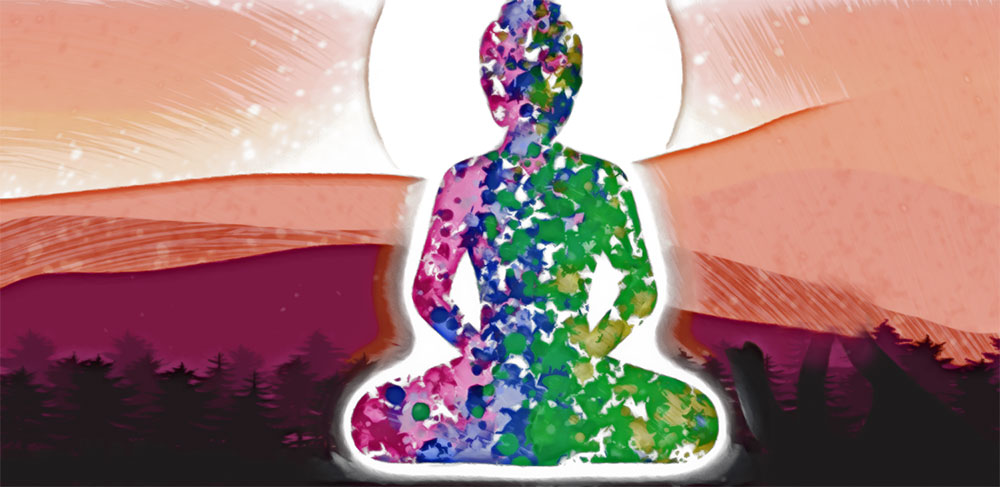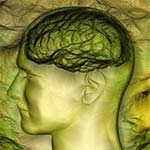Chakra is a Sanskrit word that literally means a disk/wheel.
Chakra meditation thus involves a transfer of energy wheels throughout the entire body. Although the body possesses hundreds of varying chakras, there are essentially 7 core chakras (energy centers) within the body. Each of these chakras is regarded as the ultimate focal point linking your emotional, physical and spiritual energies. Chakras can also be viewed as energy networks that allow your body, mind and spirit to interrelate as one single system.
Each of the seven key chakras has an individual function corresponding to particular aspects of our vast consciousness.
Below Are the 7 Main Chakras You Need to Know:
- The Root Chakra
Also known as Muladhara, the root chakra is located right at the base of an individual’s spine. It governs the way you connect to the outside world and oversees your basic fundamental needs for stability, food and shelter. People who have issues with their root chakra usually experience a myriad of physical and emotional disturbances, most notably digestive problems. The root of chakra’s mantra is LAM whereas its base color is red. - The Sacral Chakra
It’s also called Svadhisthana. The Sacral chakra is located below your navel. It not only governs your imagination but also your reproductive organs. This chakra is intimately linked to your creative process. It’s important to balance your sacral chakra so you can explore the world and cope better with new experiences. Its mantra is VAM and its base color is orange. - The Solar Plexus Chakra
Popularly known as Manipura, the Solar Plexus Chakra lies on your tummy right above the navel. Apart from its fundamental role in digestion, this chakra is also plays a part in your mental and spiritual well being. When your Solar Plexus Chakra is fully balanced, you not only embrace diverse experiences better but also comprehend your place in them. The Manipura’s of mantra is RAM and its color is yellow. - The Heart Chakra (Anahata)
This chakra lies at the middle of your cardiovascular system. It’s therefore tied to various organs such as the heart and lungs. Imbalances in the Anahata could lead to high blood pressure and respiratory issues. Opening your heart chakra gives you the ability to create meaningful emotional connections with others. Its mantra is YAM and its color is green. - The Throat Chakra (Visshudda)
It lies within the throat and governs the way you communicate and express yourself. If your throat chakra gets blocked, you incur a myriad of physical issues and feelings of intense isolation. For instance, you could face hormonal imbalances and wide-ranging infections. Its mantra is HAM and its color is blue. - The Third Eye Chakra (Ajna)
It’s located on your forehead, at the junction formed by your eyebrows. This chakra governs intuition and insight especially at spiritual levels. Balancing the third eye helps you to notice various interconnections that exist in the world. You also understand your place in it better. Its mantra is SHAM and its color is indigo - Crown Chakra (Sahasrara)
It lies on top of an individual’s head and governs the business aspects of all core chakras. When all your primary chakras are balanced and you have a healthy energy flow, the Sahasrara creares a power connection linking you to the outer world. A healthy chakra causes an inherent sense of well-being, peace and confidence. Its mantra is OM and its color is white/purple.
The Chakra Balancing Meditation
Chakra meditation is subdivided into several spheres, most notably the Chakra balancing meditation and the Chakra healing meditation. The former kind is aimed at opening and clearing your chakras, helping to release and purify any negative energies that are stored within the body. It is also used to harmonize all the higher frequency energies. When performing Chakra Balancing meditation, you should focus on all the root chakras. When performing this meditation, remember that what you ask for what you will get.
The Chakra Healing Meditation
Chakra meditation is also used to heal. The chakras that are activated by chakra healing meditation are located from the lower spinal cord area (around your coccyx bone) all the way to the crown of your head. These chakras include the Sacral Chakra, Root Chakra, Heart Chakra, Solar Plexus Chakra, Third Eye Chakra, Throat Chakra and finally the Crown Chakra. There are two approaches to the Chakra healing meditation. First, a meditator could focus on the cause level. Here, you bring into attention your present state and feelings. Do you feel mentally depressed or physically distressed? Secondly, one could focus on the effects level. This meditation seeks to ease any effects of separation and isolation as opposed to merely being aware of these emotions.
Guided Chakra Meditation
Whether you’re just starting or you’re having trouble practicing chakra meditation, a guided chakra meditation might just be what you need. You can download a chakra meditation app using your smartphone – there are numerous such apps in the market. You could also get help from some guided chakra meditation websites online. Simply plug in your headphones and listen to a chakra sensei as he leads you through varying techniques.
Heart Chakra Meditation
The forth chakra that forms the center of the seven others is referred to as the heart chakra. This is where the spiritual and physical elements come together. The heart chakra lies right at the center of your chest. It not only corresponds to the heart but also to the thymus gland, lungs and cardiac plexus. Heart chakra meditation is aimed at opening up meditators’ heart chakra, allowing them to express forgiveness, love and compassion. People with closed or unbalanced heart chakras tend to have unpleasant personalities such as hatred, jealousy, anger and grief. The heart chakra meditation is therefore pivotal for all chakra meditators.








must say
its highly revealing 7 chakras